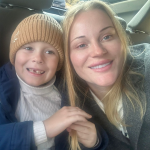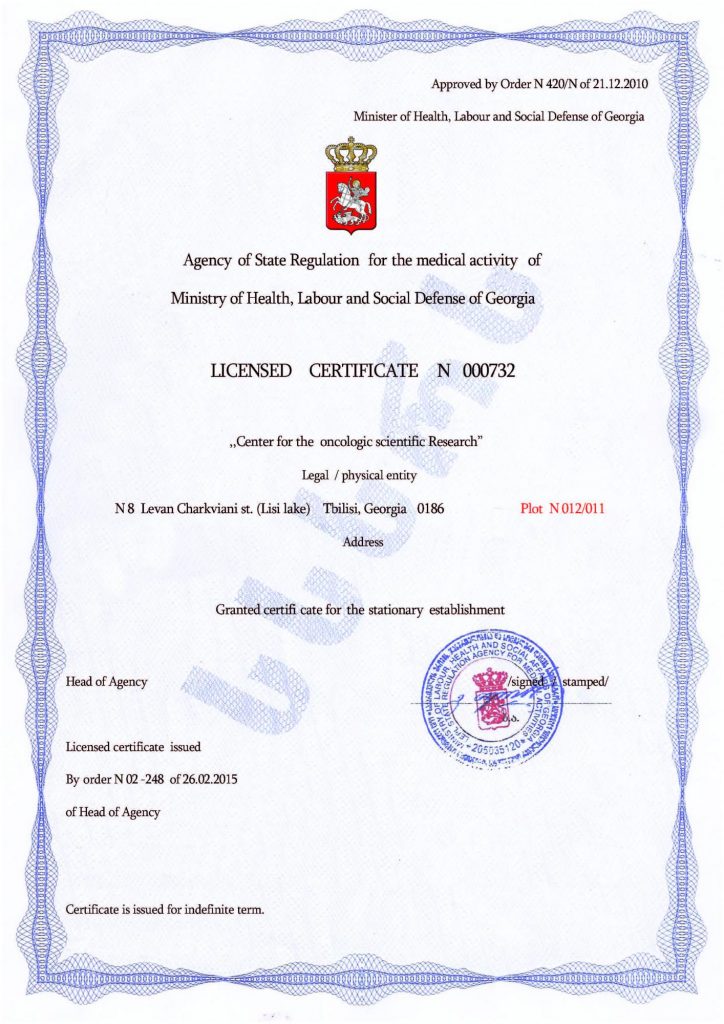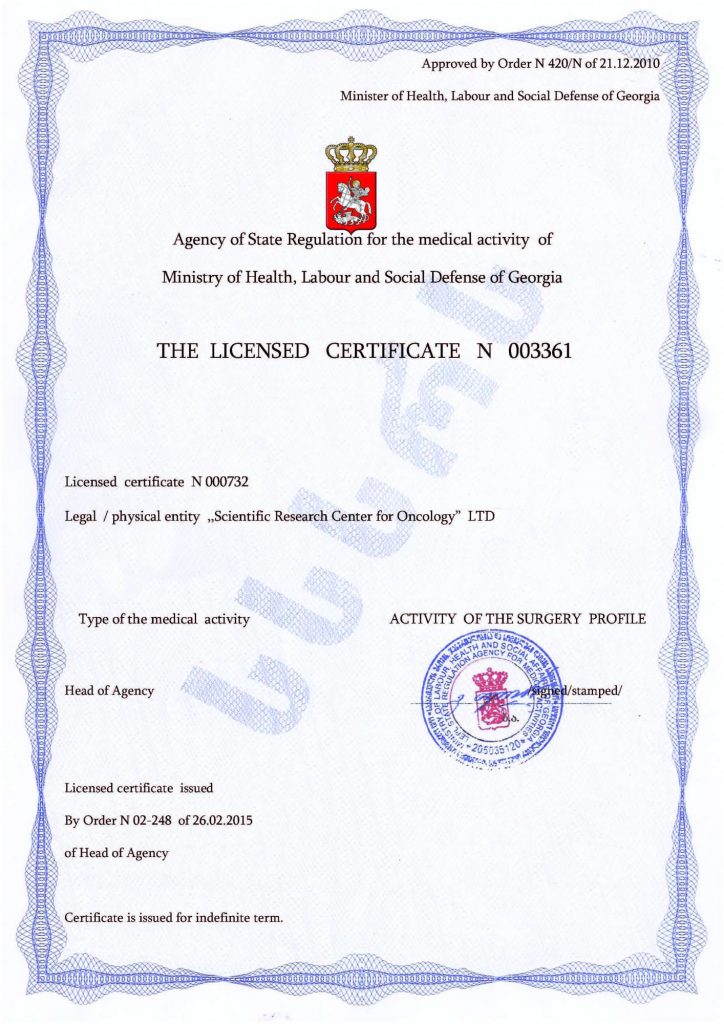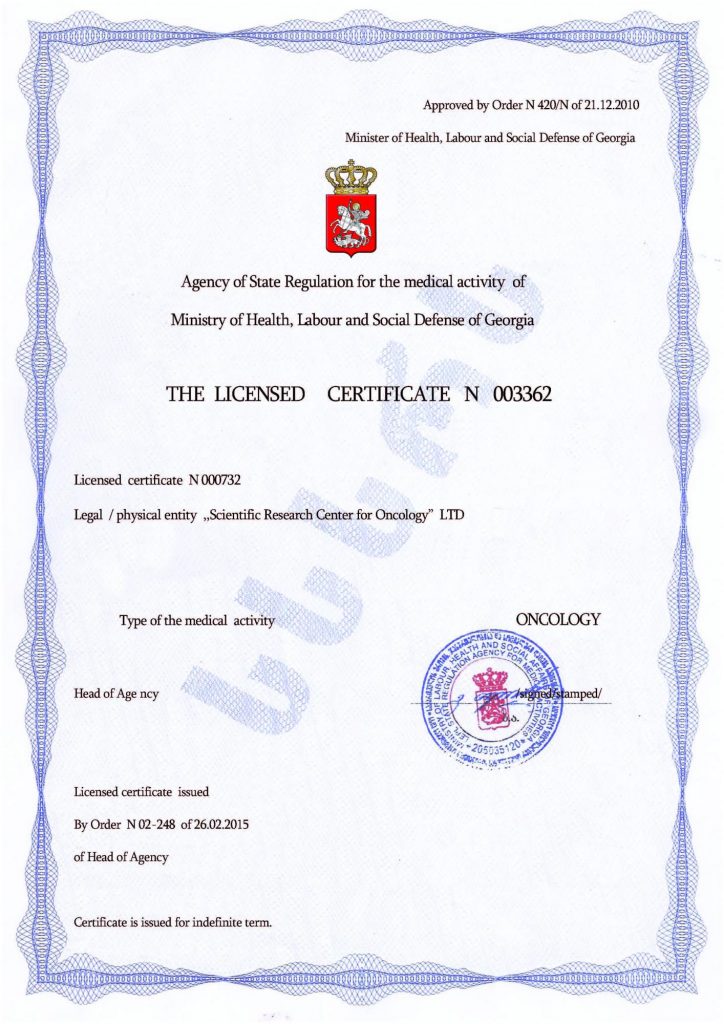Autism and Music: More Than Just a Hobby
Many individuals with autism spectrum disorder (ASD) exhibit exceptional talents and unique neurocognitive traits, including musical abilities. Several factors enable children with ASD to excel as musicians and achieve professional success.
- Neurocognitive Sound Processing
- Absolute pitch occurs in 1 in 20 people with autism (5%), compared to only 1 in 10,000 in neurotypical populations (0.01%).
- Autistic individuals often perceive the structure of sound methodically—starting with acoustic details like rhythm, pitch, and timbre before attending to melody. This accounts for their heightened sensitivity to dissonance and rhythmic nuances.
- For nonverbal autistic individuals, music can serve as an alternative communication tool—sometimes enabling them to establish eye contact or use singing as a means to imitate words and phrases.
- Therapeutic Benefits of Music
- Rhythm supports sensory integration: organizing sound rhythmically enhances motor coordination, indirectly promoting the development of social skills and speech.
- Music can reduce anxiety—its structured nature helps individuals adapt to routines, and predictable musical repetitions ease stress.
- Music fosters neuroplasticity: playing instruments or singing strengthens connections among the auditory cortex, emotion-processing prefrontal areas, and motor regions. MRI studies show increased neural connectivity after 8–12 weeks of music therapy.
- Creativity Born of Constraints
- Autistic individuals often display contextual blindness, ignoring social norms and generating more original ideas.
- Their tendency toward hyperfocus allows them to deeply analyze complex compositions or master musical instruments—something only a few children can sustain for hours.
- Practical Learning Considerations
- Autistic learners usually prefer structured music—works by Bach, Mozart, or Chopin, valued for their mathematical precision and repetition. Chaotic or dissonant contemporary music is usually less appealing.
- Lessons should include minimal verbal instructions—ideally, 95% of the session is devoted to playing or singing.
- Musical improvisation—musical “dialogues” between teacher and student—facilitates bidirectional communication.
- A personalized approach is essential: tailoring to sensory preferences and avoiding loud, overwhelming sounds.
- Music as a Gateway to Social Integration
- Group music classes enhance peer interaction—making music together teaches recognition of emotional cues.
- Performance settings for parents should avoid bright lighting and allow freedom of movement to reduce sensory overload.
For autistic individuals, music isn’t just an aesthetic pursuit—it’s an alternative system of communication and self-regulation, powered by neurobiological strengths (absolute pitch, sensory sensitivity), therapeutic practices (rhythm, improvisation), and everyday routines (like brushing teeth to a favorite song).
However, while music can support well-being and expression, it cannot cure autism or any specific symptom. Only stem cell therapy currently offers a comprehensive solution—marked by exceptional reliability, safety, and natural appeal.
Stem Cell Therapy Explained
This therapy involves transplanting the patient’s own stem cells, which can transform into any needed cell type to replace damaged ones. Since they come from the patient, there is no risk of immune rejection, and no medication or external psychological intervention is required—recovery is driven by the body’s own regenerative mechanisms.
Shortly after transplantation, the brain and nervous system begin to function more naturally: behavior becomes more stable, development accelerates, and autism symptoms lessen or disappear entirely. These outcomes persist for many years—often for life—enhancing the effectiveness of other therapies.
Initially experimental, stem cell therapy has now gained strong validation. It has consistently outperformed traditional approaches and is poised to become the primary method in autism care.
Currently, top clinics worldwide offer this therapy, including the Mardaleishvili Medical Center, staffed by experienced specialists and equipped with state-of-the-art facilities. Treatments meet or exceed global quality and safety standards, costing less than in many other developed countries. The center also provides comprehensive travel and accommodation support during rehabilitation.
Transform your life with stem cell therapy—your path to freedom from autism!
Autism Treatment Center Videos
Autism treatment with own stem cells
Cord blood association congress
International Quality Crown
Autism Treatment Reviews
Autism treatment with own stem cells
The story of Alessandro (6 years old)
Autism Patient Testimonial - Stem Cell Treatment
Clients Testimonials

Review by Anastasia, mother of Yusup (8 years old) Read More
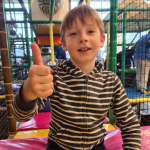
Feedback from Nathalie, mother of Andre (9 years old) Read More

Feedback from Yulia, mother of Emily (7 years old) Read More

Feedback by Everita, Katrina’s mother (5 years old) Read More
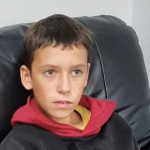
Feedback from Igor, David’s father (12 years old) Read More
